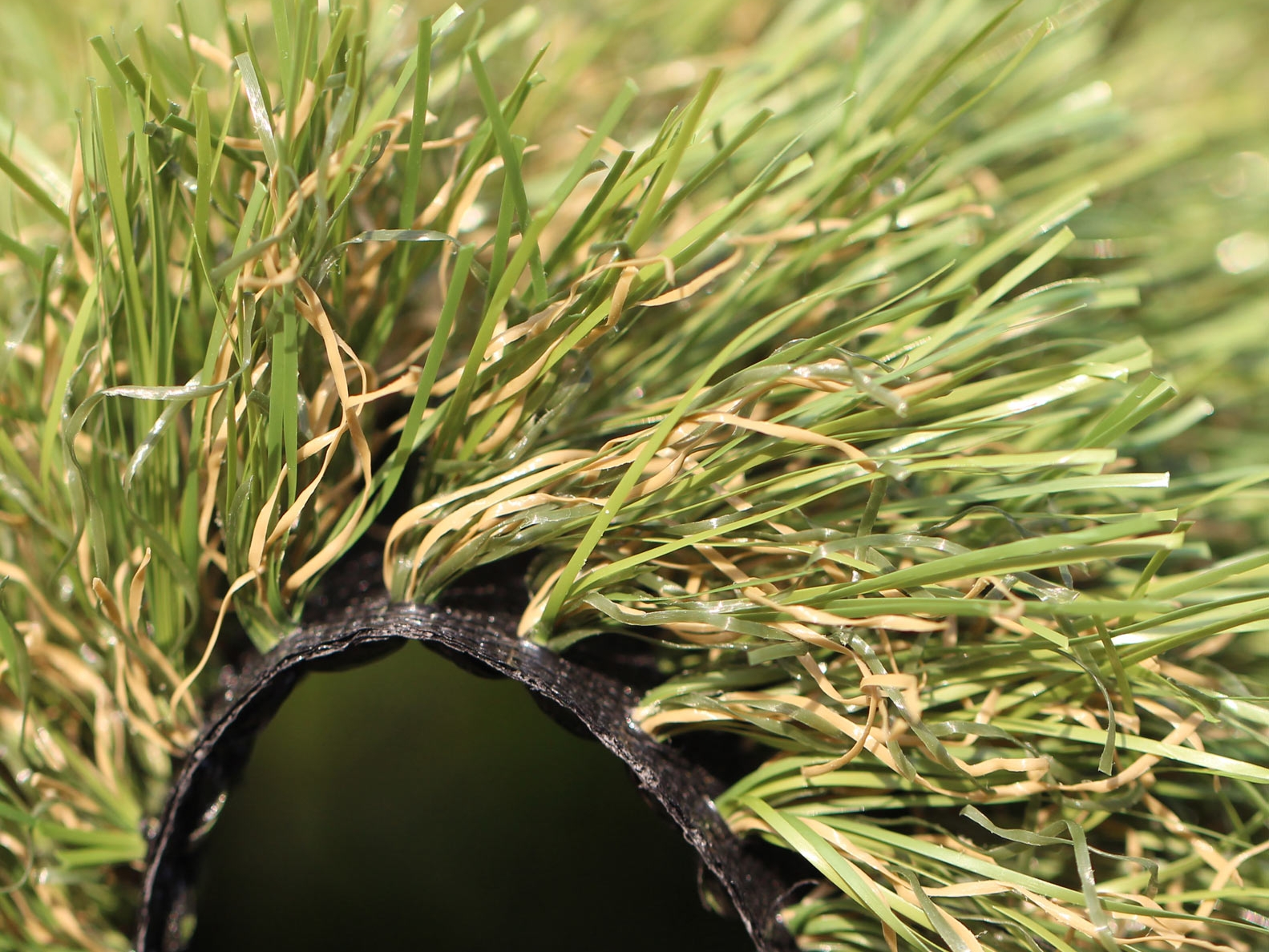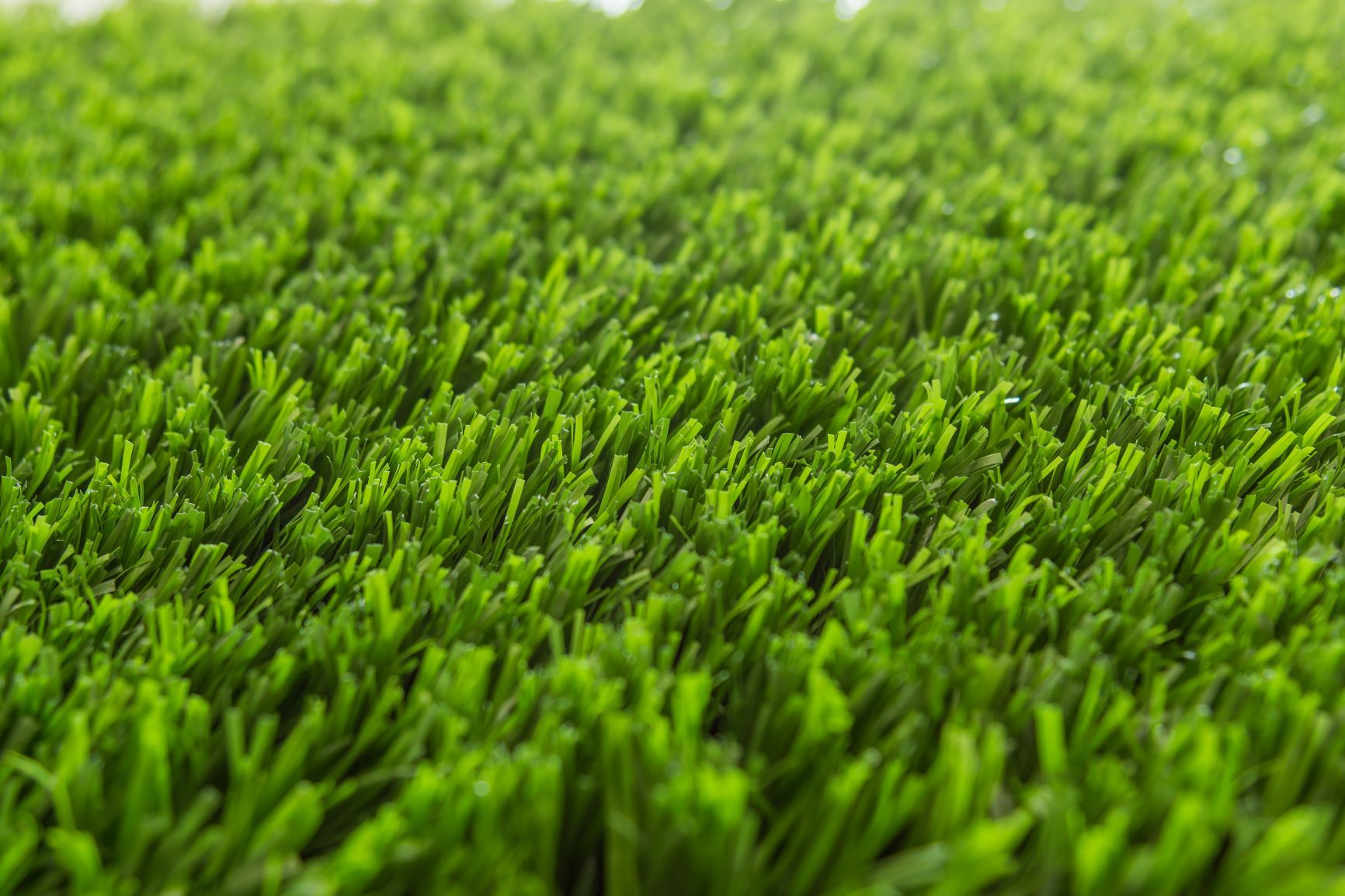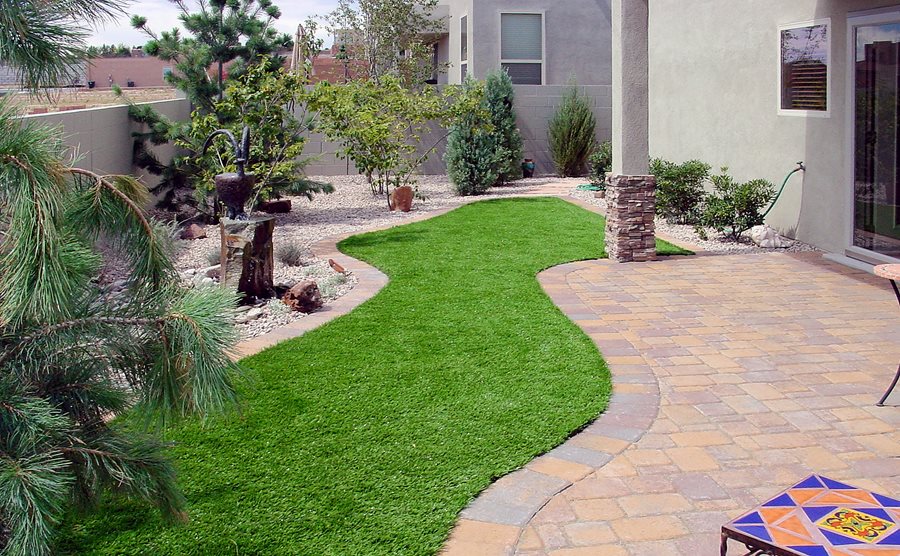Look Into the Environmental Perks of Opting for Artificial Grass Solutions
The adoption of man-made grass remedies offers an engaging opportunity to resolve pushing environmental difficulties. By substantially minimizing water use and minimizing the application of harmful chemicals, these choices not only promote lasting landscape design however additionally shield neighborhood environments.
Water Preservation Perks
One of one of the most substantial advantages of man-made turf is its capability to preserve water. Traditional yard lawns need considerable watering, particularly in areas susceptible to dry spell or water restrictions. On the other hand, synthetic grass does not require watering, significantly minimizing the overall demand for water sources. This attribute is especially advantageous in deserts where water deficiency is a pressing concern.
By eliminating the need for normal watering, synthetic grass adds to lasting landscape methods and aids reduce the ecological influence of excessive water usage. Moreover, the conservation of water expands to the reduction of overflow, which can cause soil disintegration and river air pollution.
Furthermore, the installment of synthetic grass allows homeowners and communities to assign water resources much more efficiently, concentrating on essential uses such as alcohol consumption water and farming. The shift towards synthetic grass not just advertises accountable water usage however also aligns with broader ecological goals targeted at protecting natural resources.
As neighborhoods significantly focus on sustainability, the water conservation advantages of fabricated grass provide a compelling instance for its fostering in industrial and property landscape design jobs.
Decreased Chemical Usage
The transition to synthetic grass significantly decreases the dependence on chemical therapies frequently utilized in natural lawn maintenance. Typical grass management generally entails the application of plant foods, herbicides, and chemicals to promote development and control bugs. These chemicals can position threats to human health and wellness, local wild animals, and the setting, contributing to dirt and water contamination.
On the other hand, man-made lawn gets rid of the demand for these dangerous compounds. As soon as installed, it requires very little upkeep, mainly containing regular cleansing and infrequent infill replenishment. This reduction in chemical use not just profits the immediate environment however additionally adds to more comprehensive environmental security. By minimizing the launch of artificial compounds into the ecosystem, synthetic grass promotes healthier soil and water systems.
Additionally, the lack of chemical runoff connected with synthetic grass installments helps safeguard local rivers from air pollution, sustaining marine life and keeping biodiversity. Phoenix turf companies. As communities progressively prioritize sustainable methods, selecting synthetic grass provides a sensible remedy that straightens with ecological conservation objectives. With this shift, homeowner can appreciate lavish eco-friendly spaces without compromising ecological health, leading the method for a more sustainable future
Reduced Carbon Impact

Moreover, the installment of fabricated turf can lead to significant water preservation. Natural yards require considerable amounts of water for watering, which not only adds to the carbon footprint associated with water removal and treatment however likewise strains local water resources. In comparison, synthetic grass requires minimal maintenance, calling for no watering, thereby dramatically reducing water use and its linked power prices.
Additionally, the durability of synthetic grass adds to its lower carbon influence. With a lifespan of up to 15 years or more, the need for regular substitutes is reduced, leading to much less waste and lower power intake in production and dealing with conventional lawn options. Generally, man-made grass provides a sustainable option for environmentally aware landscape design.
Environment Conservation
Habitat preservation is a critical consideration in the discussion over landscape design options, particularly when contrasting artificial lawn to natural turf. All-natural yard yards commonly need comprehensive maintenance, consisting of the usage of chemicals, fertilizers, and herbicides, which can detrimentally influence regional environments. These chemicals can leach right into internet the soil and waterways, hurting native vegetation and animals and interfering with regional environments.
Fabricated lawn removes the demand for harmful chemicals, thus safeguarding neighboring wildlife and maintaining the honesty of bordering ecosystems. The setup of artificial lawn can lead to the conversion of previous lawn locations into more biodiverse landscapes, such as pollinator yards or indigenous plant areas, which can sustain neighborhood wildlife.
Ultimately, the shift to fabricated grass not only conserves water and decreases maintenance initiatives yet likewise promotes a much more harmonious relationship in between human activities and the native environment, advertising habitat preservation at the same time.
Long-Term Sustainability
Lasting sustainability is a crucial consider examining the benefits of synthetic grass over standard grass yards. Among the most substantial benefits of artificial lawn is its durability; it can last approximately 15-20 years with very little upkeep, whereas natural yard needs frequent reseeding and replacement. This click now longevity minimizes the demand for constant sources, such as water, plant foods, and pesticides, which are necessary for preserving a healthy grass yard.
Furthermore, man-made turf adds to a decrease in carbon exhausts related to lawn care tools. Conventional lawns often need gas-powered lawn mowers, trimmers, and blowers, every one of which contribute to air pollution. Artificial turf companies phoenix. On the other hand, synthetic grass removes the need for such devices, advertising a cleaner atmosphere
In addition, the manufacturing of synthetic grass increasingly uses recycled products, boosting its sustainability account. As producers take on environmentally friendly methods, the ecological impact of synthetic grass proceeds to lessen.

Conclusion
The adoption of synthetic grass services provides substantial ecological benefits, including considerable water preservation, minimized dependence on unsafe chemicals, and a reduced carbon impact. Artificial turf aids in maintaining natural environments by decreasing land disruption and promoting long-term sustainability with the usage of sturdy materials. Jointly, these elements underscore the potential of synthetic grass to contribute positively to ecological health and offer a feasible option to conventional landscaping practices in a progressively resource-conscious globe.
In comparison, artificial lawn does not view it require watering, significantly lowering the general need for water resources. By lessening the release of artificial compounds into the community, man-made turf advertises much healthier soil and water systems.
Additionally, the installation of man-made lawn can result in considerable water preservation. In comparison, synthetic lawn requires marginal maintenance, calling for no watering, consequently significantly reducing water use and its associated power costs.
